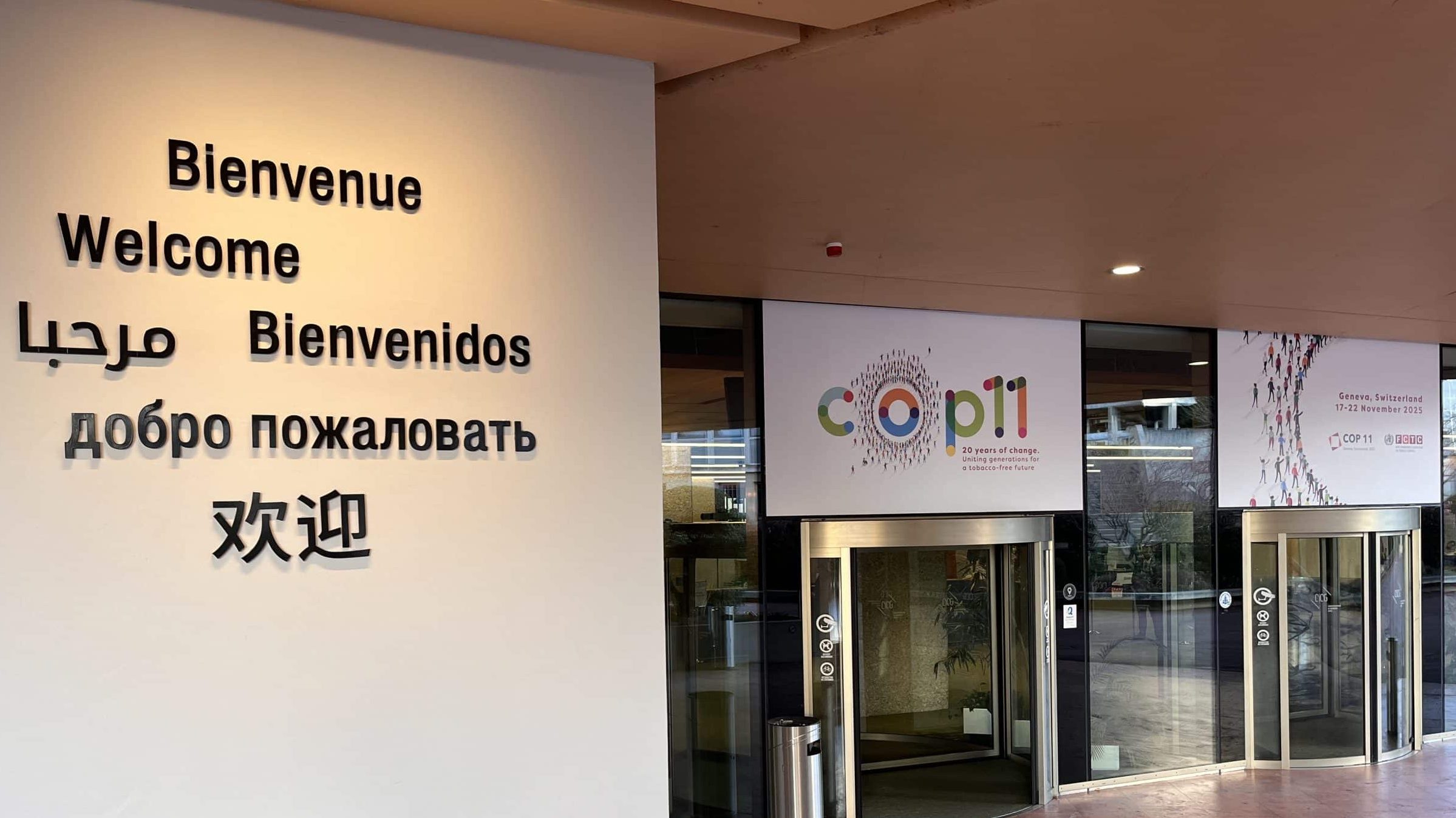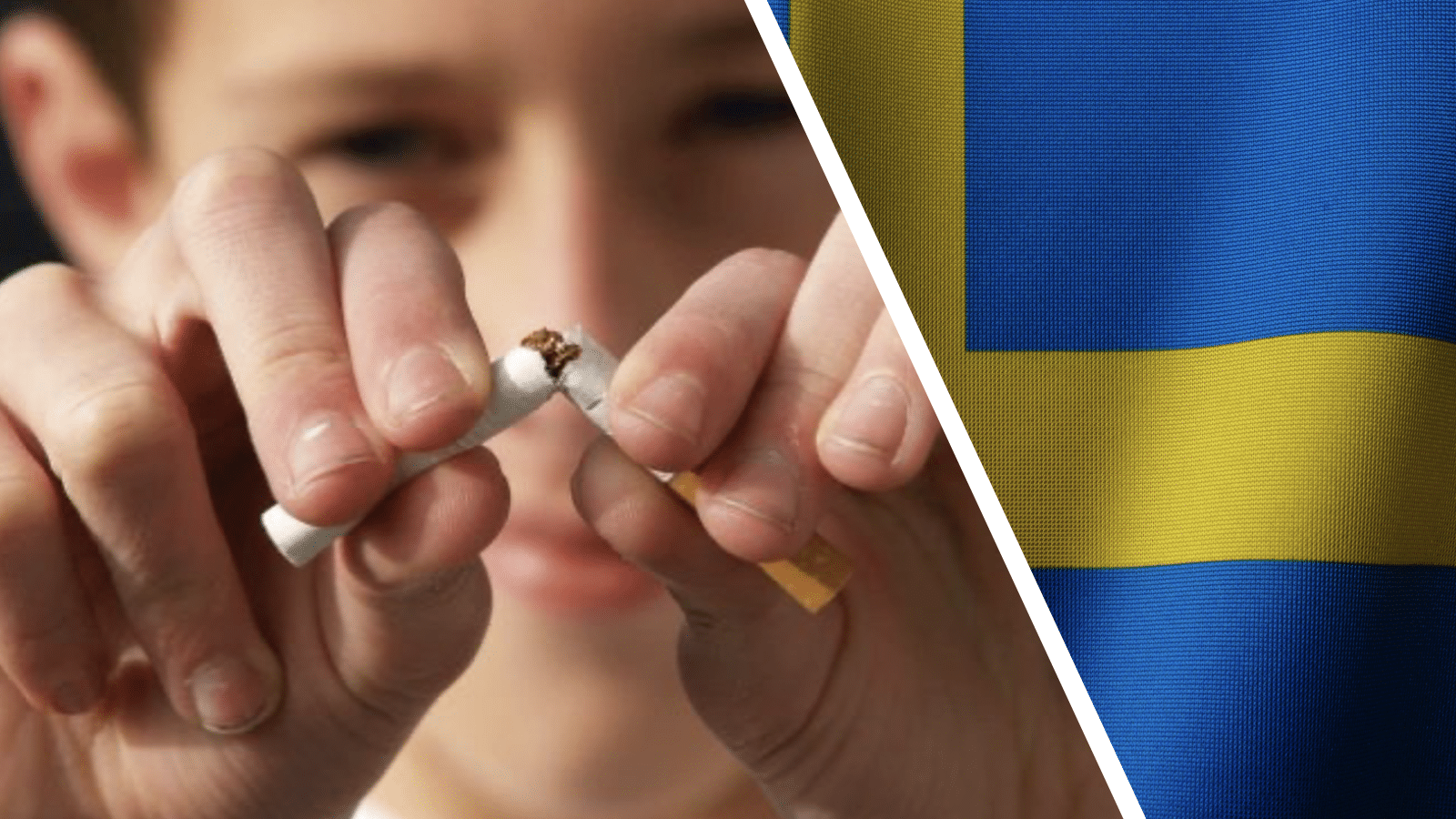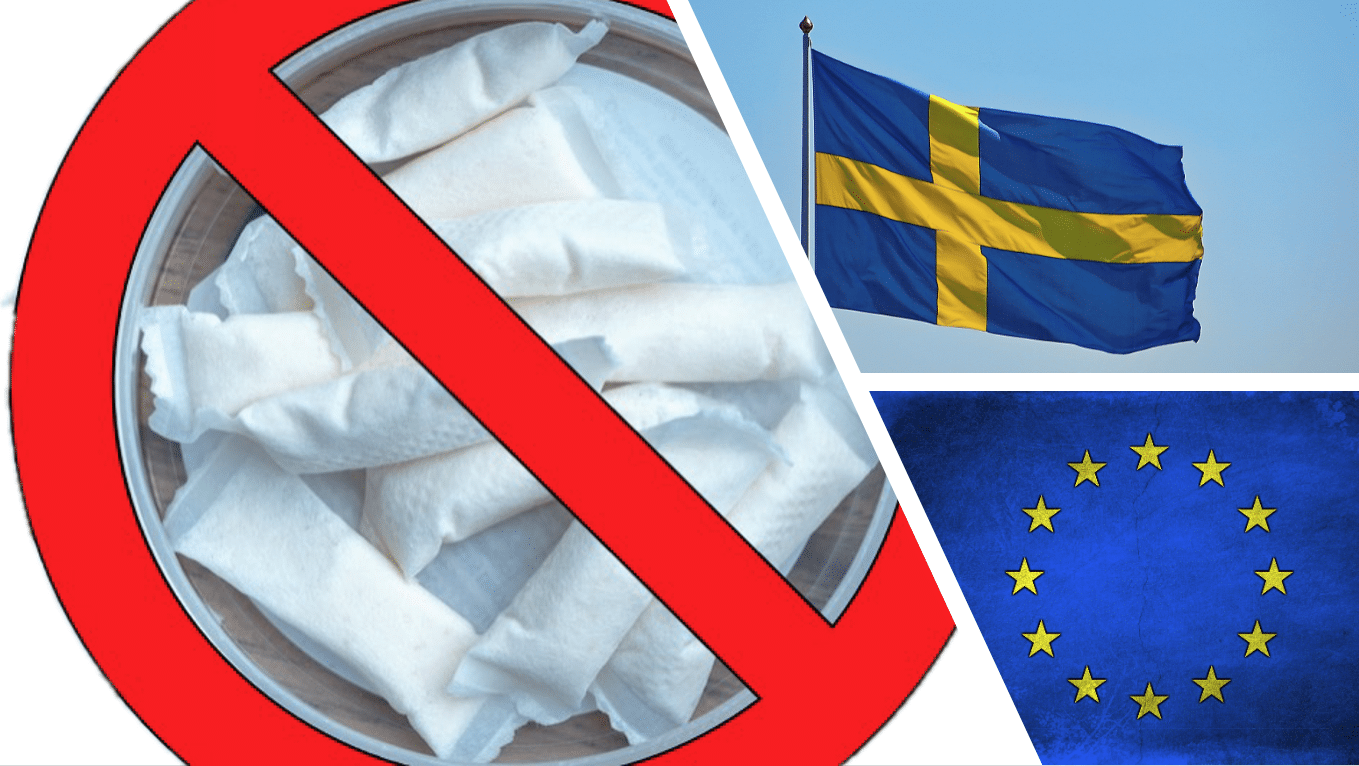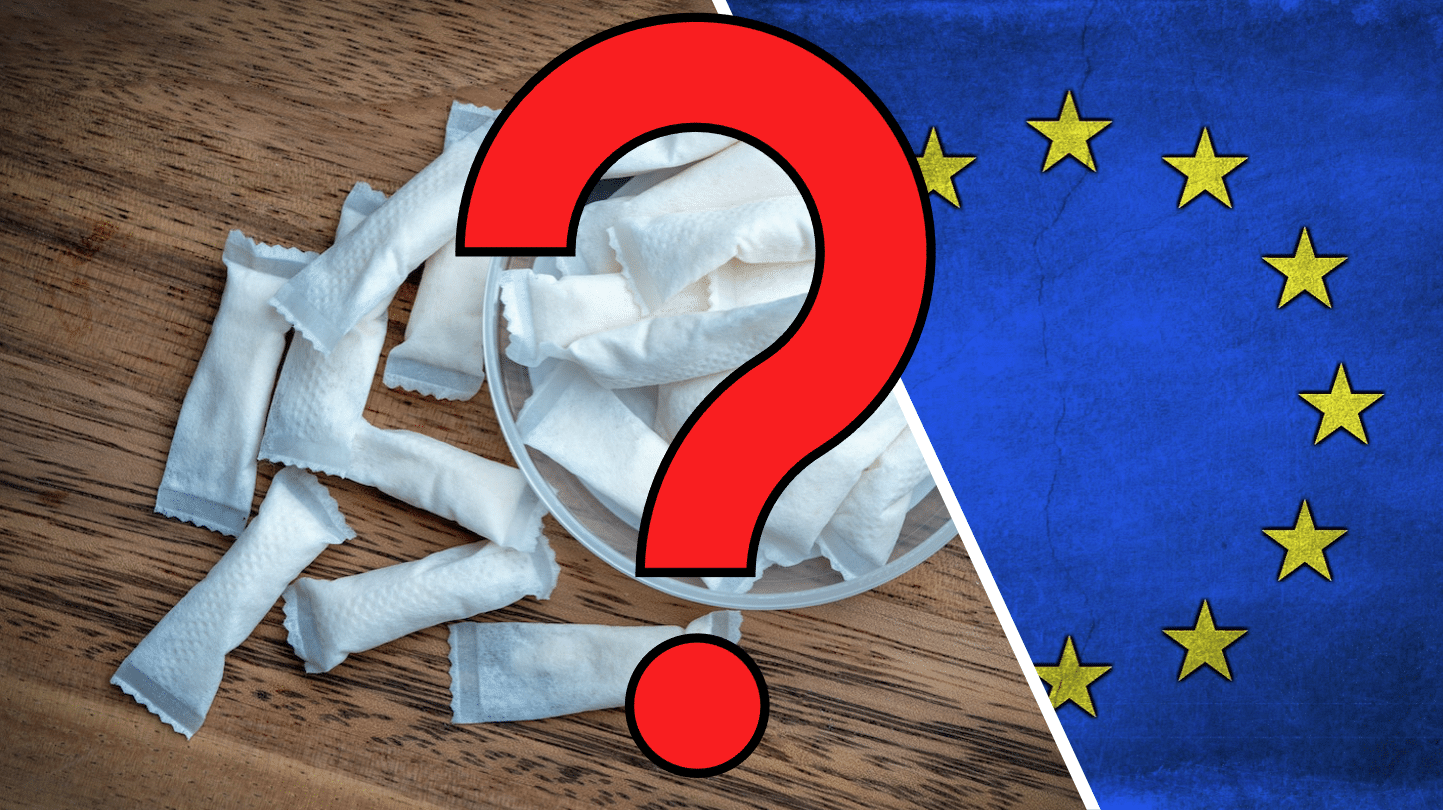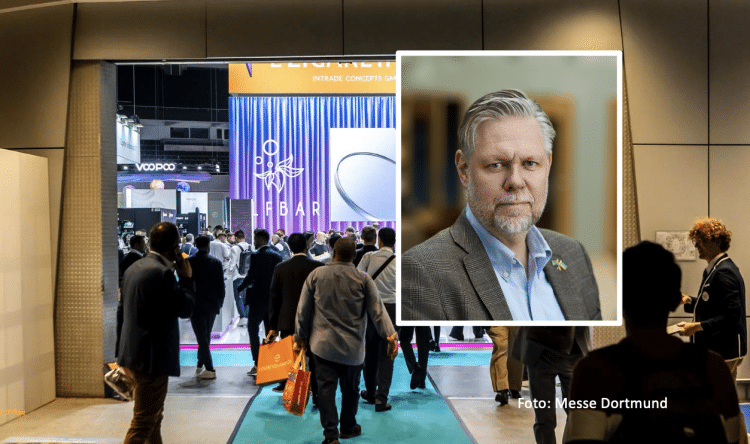
InterTabac 2025: Sweden shines as role model at world’s largest tobacco and nicotine fair
InterTabac in Dortmund showed an industry in transition. The fair confirmed a clear trend: the smoke-free segment is growing rapidly, with nicotine pouches at the forefront.
Patrik Strömer, Secretary General of the Association of Swedish Snus Manufacturers, was on site at the world’s largest tobacco and nicotine fair in Germany from September 15 to 17. The event made it clear that Sweden’s reputation as an international role model both in terms of products and regulation, is growing. But there are also clouds of concern in the industry.
What struck you most about your time at this year’s InterTabac?
It’s so big that it’s impossible to imagine until you get there. There are still cigarettes, cigars, lighters, humidors, and a lot of other things. But overall, my impression was that smoke-free is the future and there’s clearly a growing market for nicotine pouches.
How were your talks with international players?
It’s always interesting. It is clear that at this point, Sweden holds the position as the most interesting country and role model. Both in terms of products, but perhaps even more so in terms of regulation. I learned a lot about the conditions in different countries, and it’s not entirely unusual among new and smaller manufacturers to have a brand for their own domestic market, even if the actual production takes place in another country.
Is there an appreciation for the impact of snus and nicotine pouches on public health?
Absolutely! It’s clear to many that the future is largely smoke-free, even if other countries have not reached Swedish levels when it comes to smoking. Countries that pursue restrictive policies end up protecting the cigarette market in practice. Just look at France now, which has banned nicotine pouches. How many people smoke there compared to Sweden?
What sort of reactions did you get when it comes to nicotine pouches?
Nicotine pouches now make up a large part of what’s on display at the fair. The regulations in Germany are very uncertain and complex, where Swedish snus is of course banned as a result of the EU ban from 1992. But at the same time, flavoured snus is actually allowed in Germany!
Was there anything at InterTabac that surprised you?
That vaping is so much bigger in China compared to nicotine pouches. Here, it was Poland, India, and Dubai that excelled, in addition to all the Swedish nicotine pouch producers and brands. The actual pouch format is starting to become more accepted and liked. But this can create complications about where to draw the line in relation to existing regulations when there is no EU harmonisation. I was also a little surprised that so many people nodded in recognition when I myself showed them my tin of traditional loose tobacco snus. But these are people and companies that have to keep track of things to be successful.
What was the atmosphere like among the InterTabac participants?
Since it was my first time attending this particular fair, I have nothing to compare it to from previous years. But some who have been there several times said that the tone has become more serious.
What challenges were discussed?
There is a lot of fear over what the EU and WHO will come up with. Trust is low in institutions that have responsibility and influence, but which notoriously refuse to study the best country in the EU.
What lessons do you take with you from InterTabac?
Probably the difficult realisation that if the EU were to go down the “French” path and want to ban nicotine pouches, production will take place somewhere other than in Europe. The EU will become even more clearly an anxious and backward-looking organisation instead of a place looking to the future.

